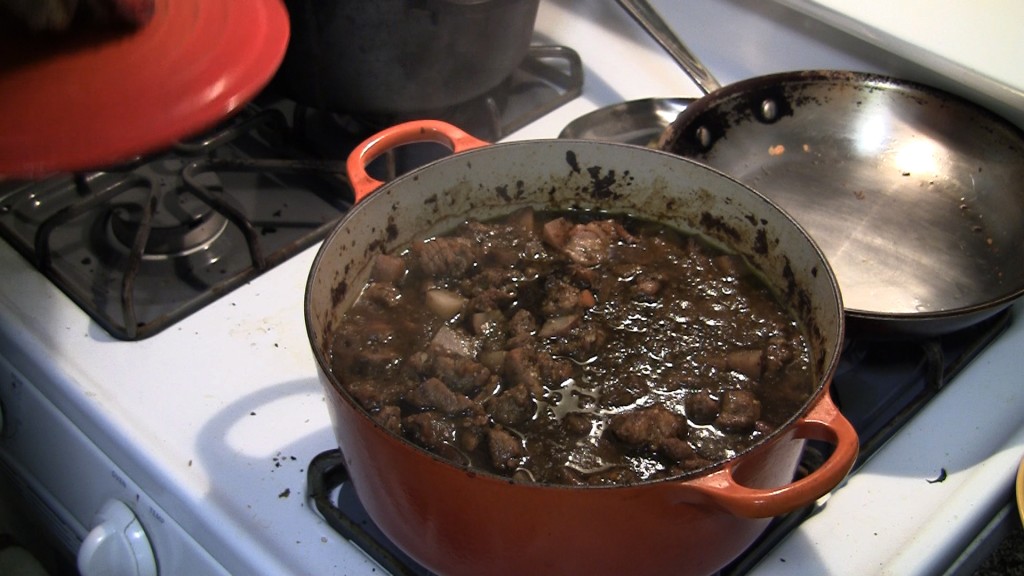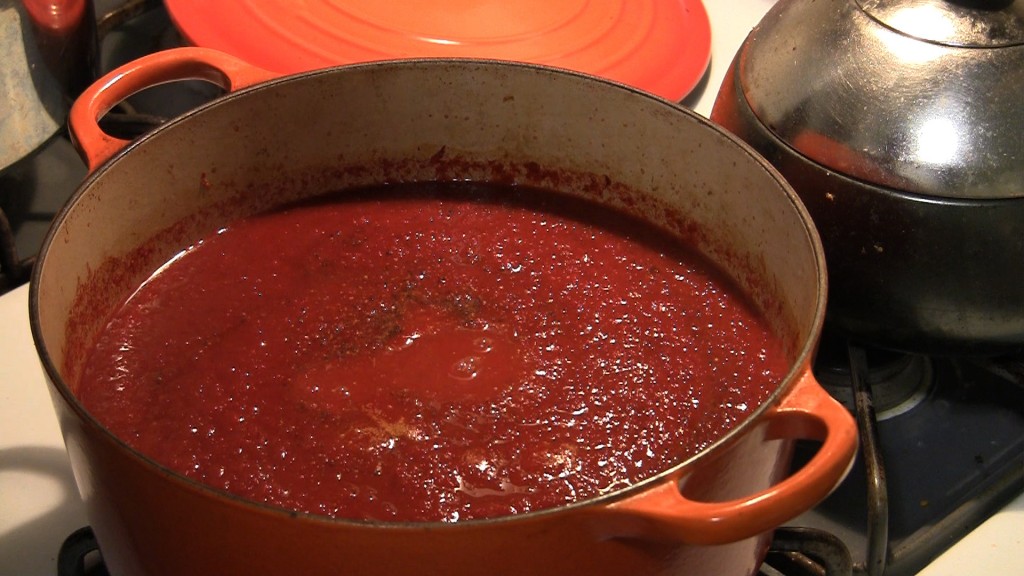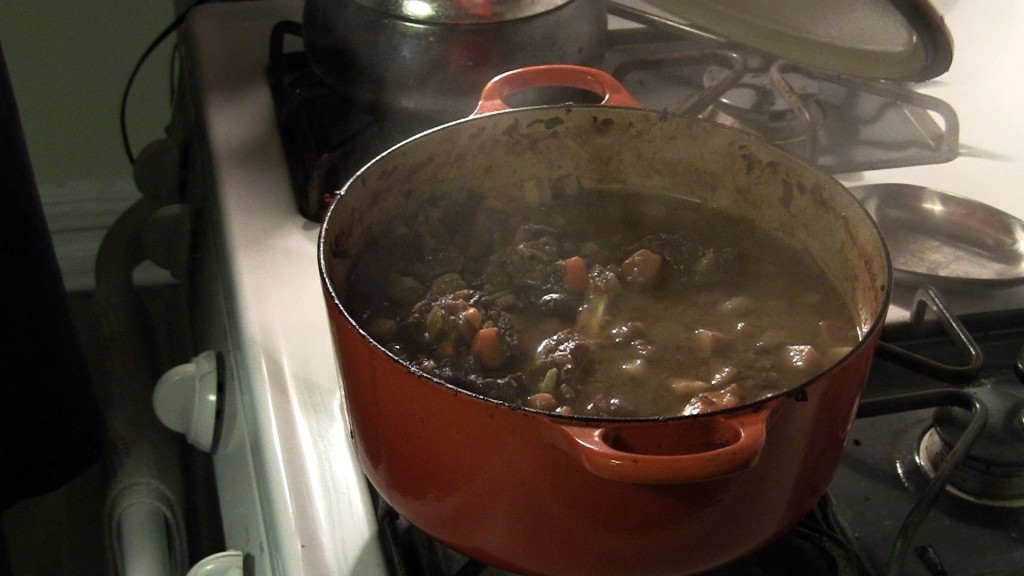Hey Everybody! Long time no blog. Yeah, life has a way of taking over when one isn’t blogging. And also, one is kind of lazy. But one – okay me, well I’m back and I’ve brought with me an actual cooking video. As we find ourselves firmly entrenched in fall with winter on the horizon, I give to you the gift of chile verde. It’s a spicy and savory pork and chili stew – I prefer the Spanish spelling when naming the dish, the Anglo spelling when talking about actual chilis. It’s the perfect meal to keep you warm and satisfied on the inside and happy to be alive. Yeah, it’s pretty powerful stuff. Also, it’s bien rico (rather, extremely delicious).
I first encountered chile verde as a wee lad growing up in San Jose, CA when my parents took my sister and I to our favorite Mexican restaurant, El Burro. Now having experienced a lot of good (and terrible – in NYC for sure) Mexican food, I’m not sure El Burro would necessarily hold up as a great Mexican restaurant. But there’s something about that dimly lit cavern of a restaurant – with it’s big leather bucket seats, the pictures of bull fighters and rustic country scenes on the walls and the tortillas chips served with the most watery and bland (in retrospect) salsa – that holds a special place in my heart. I remember my dad would always order the chile verde which consisted of tender cubes of pork served in a sea of really hot (temperature-wise) mildly spicy green sauce. In between mouthfuls of chorizo enchilada (my go to dish at the time) I remember tasting the stewed pork and thinking, “not bad, not bad at all!” Since those formative years, chile verde has become one of my go to dishes both when I order it, say stuffed inside a chimichanga or as a stand alone stew that I love to cook myself. So, what follows is my version of chile verde, a recipe that I’ve kind of developed over the last few years through trial and error and tasting of other versions of chile verde. For example, I used to not use tomatillos but after eating chile verde with tomatillos, I now find them to be a a vital ingredient imparting the necessary acid or tartness that counter balances the spiciness of the chili and the richness of the pork. So without further ado, here’s the recipe:
Ingredients: (as usual amounts are approximate)
1 head of garlic
2 mid sized onions
5-6 poblano chilis
1 1/2 lbs of tomatillos (can use tomatillo salsa)
1 1/2 pounds of potatoes
3-4 carrots
4 lbs of pork shoulder meat
Salt to taste
Pepper to taste
Oregano to taste
2-3 tablespoons of vinegar (for marinating the pork)
This is how I do it:








